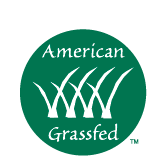Confined Animal Feeding Operations, or CAFOs, are also known as conventional animal feeding operations, since that is the way the overwhelming majority of livestock are raised. CAFOs raise something else – a host of environmental concerns.
When you order 100% grass fed beef delivery from Thousand Hills Lifetime Grazed, you have the satisfaction of knowing that CAFOs played no role in how the meat was produced. Our grazing methods contribute to environmental health rather than detract from it.
What Are Confined Animal Feeding Operations and Why Are They Controversial?
CAFOs are large-scale industrial agricultural facilities for raising livestock in high density. CAFOs are identified not only by the number and kind of animals raised, but – critically – the amount of waste discharged into the water supply. Since the mid-1970s, CAFOs have been regulated under the National Pollutant Discharge Elimination System (NPDES), which regulates the point source pollution discharges to waters in the U.S.
According to the CDC, “When properly managed, located, and monitored, CAFOs can provide a low-cost source of meat, milk, and eggs.” However, the agency adds that while sewage treatment plants are required for human waste, there is no such requirement for livestock waste. The largest CAFOs produce more waste than some U.S. cities.
The wastewater and manure discharged from CAFOs contain hormones, antibiotics, pollutants such as phosphorus and nitrogen, and various pathogens, including E.coli. These can all harm the environment. CAFOs are also a source of greenhouse gases.
One of the most common CAFO manure disposal methods is ground application of the untreated waste. Manure is also stored in large lagoons or holding ponds. With either method, there is the danger of runoff occurring or heavy rains causing lagoons or ponds to overflow. This affects the quality and safety of surface and groundwater.
CAFOs located upstream from lakes or streams may turn the water black or brown. The former usually indicates direct discharge into a body of water, while the latter shows evidence of diluted manure. Dead and dying fish downstream from a CAFO are a frequent sight.
The CDC admits, “All of the environmental problems with CAFOs have direct impact on human health and welfare for communities that contain large industrial farms.” Look at it another way: No one wants to live near a CAFO.
Regenerative Agriculture
In contrast to CAFOs, regenerative agriculture helps the environment. When managed holistically, grazing cattle help restore grasslands to their natural condition, as did the herds of bison and other wild herbivores that preceded them. Soil health is revived. The manure provides natural fertilizer that enriches rather than overwhelms the land. Areas degraded by years of conventional agricultural production are brought back to wholeness.
Regenerative agriculture encourages biodiversity. Native birds, insects, plants, and animals can flourish in a natural habitat. Natural grazing techniques reduce the amount of carbon dioxide in the atmosphere while increasing the amount of carbon in the soil. That is vital for plant health.
Because regenerative grazing builds soil health, it also benefits water supplies. Regenerative agricultural methods reduce soil erosion and the runoff that pollutes water and depletes groundwater.
100 percent grass fed beef cattle never enter a CAFO. Instead, they spend their lives grazing in the way nature intended. They are never confined, nor do they consume any antibiotics, growth hormones, GMO products, or grain byproducts.
Contact Us
At Thousand Hills Lifetime Grazed, we are happy to answer the question, “What is grass fed beef?” by pointing to our own regenerative agricultural and grazing operations. This method of raising cattle benefits not only the earth, but the consumer. Grass fed beef is richer in nutrients and leaner than that from CAFO cattle.
Shop our online store today and order the finest in 100 percent grass fed beef products. Our selection includes steaks, ground beef, beef jerky and sticks, along with special grass fed beef subscription packages. Nothing is wasted. Bones, organs, and fat from 100 percent grass fed beef is available. Eat sustainably and well.
“All the benefits of grass-fed beef are ONLY gained when the cattle are holistically grazed for their lifetime.”
—Matt Maier, Chief Renegade


